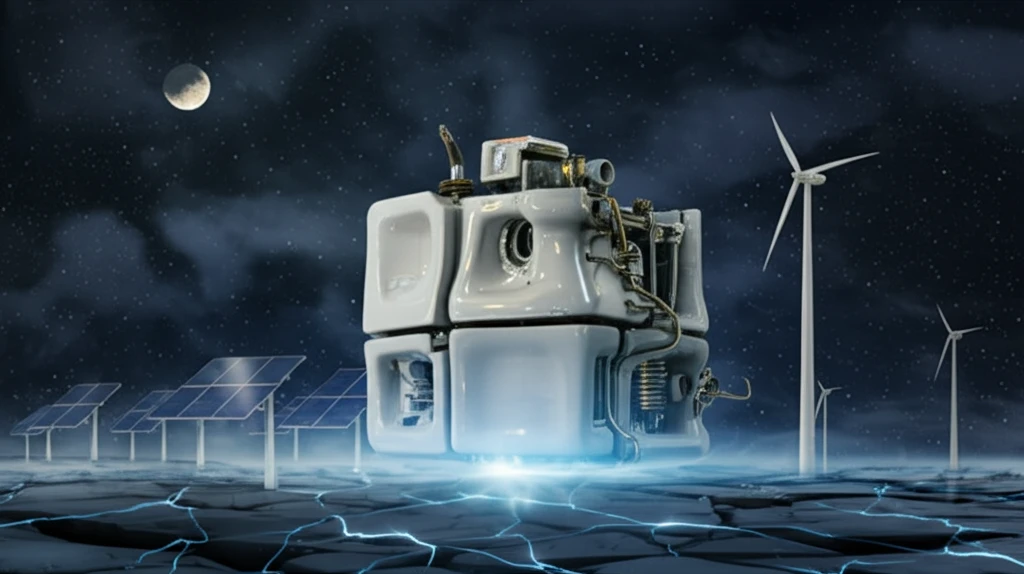
Power Up: How Ceramic Materials are Revolutionizing Energy
"Discover the versatile world of ceramic materials and their innovative applications in hydrogen, carbon capture, and high-efficiency energy technologies, paving the way for a sustainable future."
The growing alarm over fossil fuels and their contribution to climate change has spurred the scientific community to seek new, cleaner energy technologies and improve the efficiency of existing methods to reduce environmental impact. Ceramic-based materials are emerging as key players in this energy revolution, finding applications in a wide range of areas, from energy generation to storage.
Ceramic materials are uniquely positioned to address some of the most pressing challenges in the energy sector. Their thermal stability, chemical inertness, and mechanical strength make them ideal for high-temperature applications and harsh environments. From fuel cells to solar energy systems, ceramics are enhancing efficiency and enabling new possibilities.
However, the widespread adoption of these materials is often limited by the need for specific applications and further research. To accelerate progress, it's essential for academics and industry experts to collaborate, addressing the challenges and opportunities associated with using ceramic materials in energy-related fields.
Ceramics for Energy: Applications and Perspectives

Ceramic materials play a pivotal role in shaping more environmentally friendly energy sectors. The versatility of these materials allows them to be applied to various solutions, including generating, storing, and saving energy. One area where ceramics are making significant strides is in fuel cells, which convert chemical energy into electrical energy with high efficiency and low emissions. Solid oxide fuel cells (SOFCs), for example, use ceramic electrolytes to facilitate ion transport at high temperatures, resulting in highly efficient energy conversion.
- Fuel Cells: Enhancing efficiency with ceramic electrolytes in SOFCs.
- Hydrogen Production: Ceramic membranes for efficient separation.
- Energy Storage: Advanced ceramics in batteries and supercapacitors.
- Thermal Energy: Ceramics in concentrated solar power plants for high-temperature heat transfer and storage.
The Future of Ceramics in Energy
The "Ceramics for Energy 2017 (CEn2017)" forum in Faenza highlighted the versatility and wide range of applications for ceramic-based materials in the energy sector. It brought together scientists, technologists, and industry experts to discuss the current status and future potential of these materials. This collaborative environment is essential for driving innovation and addressing the challenges that remain. As research continues and new technologies emerge, ceramic materials are poised to play an increasingly important role in creating a sustainable energy future, helping to mitigate climate change and ensure a cleaner environment for generations to come.
